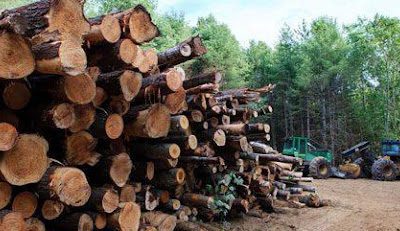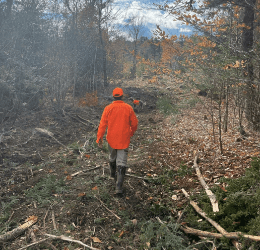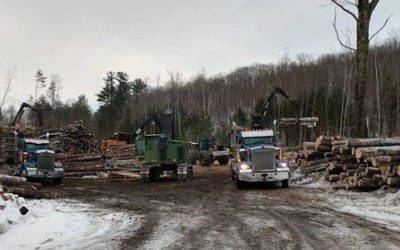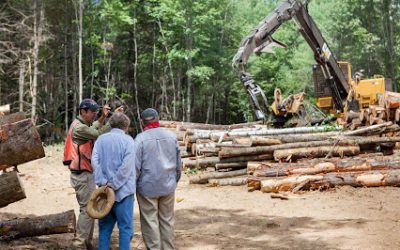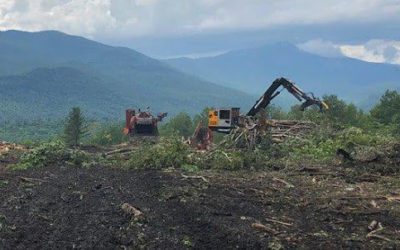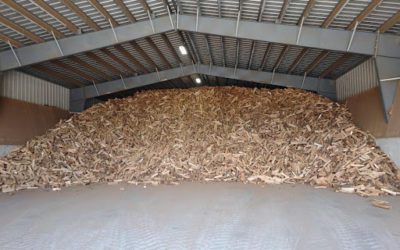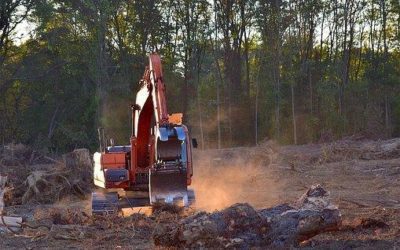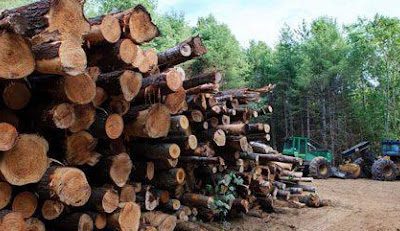BLOG
What Type of Methods Do Timber Harvesting Services Use?
Timber harvesting services use a combination of extraction and felling equipment to ensure a successful harvest. Every system must have a defined mechanism for felling and removing felled trees to the sawmill. Successful log reflects the right use of timber harvesting...
What Types of Methods Do Timber Harvesting Services Use?
Forests represent a staggering range of diversity in terms of time and landscape. Disturbance tends to be a critical component of diversity; harvesting timber offers a measure of control of how and when these disturbances occur. Why Harvest Timber? Forestry services...
Thinking About Clearing Land for New Construction? Talk To A Logger First!
Clearing land is a challenging job. The cost of clearing land can be quite high. You need to work with a forestry expert or logger to make sure you get the best bang on your bucks. If you’re planning to clear the land before construction, chances are you’ll need to...
How to Build the Perfect Campfire and Make S’mores This Summer
Campfires are rightfully the heart of a campsite. They’re very easy to start with seasoned or kiln-dried firewood, and they also make for a commendable bed of coals for campfire cooking. The most preferred types of firewood include oak, beech, maple, birch, ash, and...
What Are The Best Forest Management Practices and Techniques To Follow?
50% of drinking water in the US comes from forested landscapes. That’s just one key reason why managing forest land is important to maintain water quality in Maine and New Hampshire. Following the 1970s Clean Water Act, most states follow forestry best management...
Benefits of Forest Management in New Hampshire
New Hampshire is the 2nd most forested state, with 4.8 million acres of land occupied by forests for a total of 81% of all the land in the state. Though the forest area dropped by 35,000 acres in 1983, it hiked again between 1997 and 2007. The common forest types in...
Seasoned vs. Kiln-Dried Firewood: Which Burns Better?
Winters in New Hampshire and Maine are nothing short of windy, freezing, and snowy. Your winter fuel needs are for coziness, comfort, and a source of heat. Firewood is an incredibly popular winter fuel choice for many households in New England. But there is a variety...
Benefits of Using Firewood For Cooking
Since gas is a limited resource with prices recently skyrocketing, there’s a great demand for more sustainable solutions to fuel heating and cooking. Thus, firewood has resurfaced as a significant solution to cooking. As experienced logging and land management...
How Does Wood Harvesting Affect the Environment?
The harvesting of wood is an important aspect of forestry, supplying the timber used in the construction and furniture-making industries, among others. Trees are harvested for various reasons: To clear land for building, thin an overcrowded forest, provide lumber or...
Evolution of Logging Practices: Then and Now
Logging has evolved over many decades through advances in practices, language, and technology. The average tree size, changing market dynamics, and shifting conditions have influenced the logging practices we see today. As expert logging service providers, we’re...

